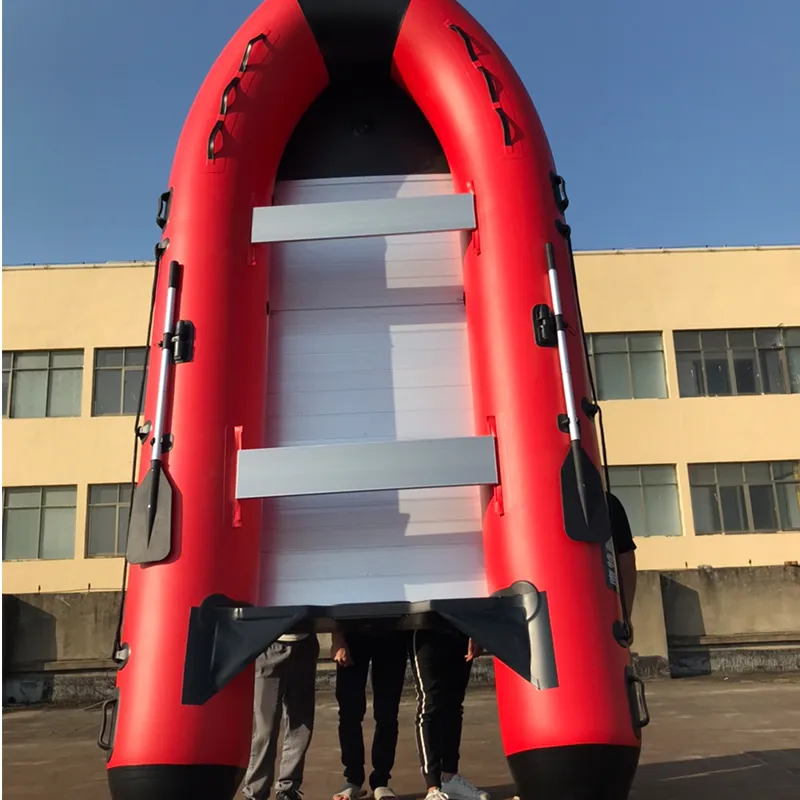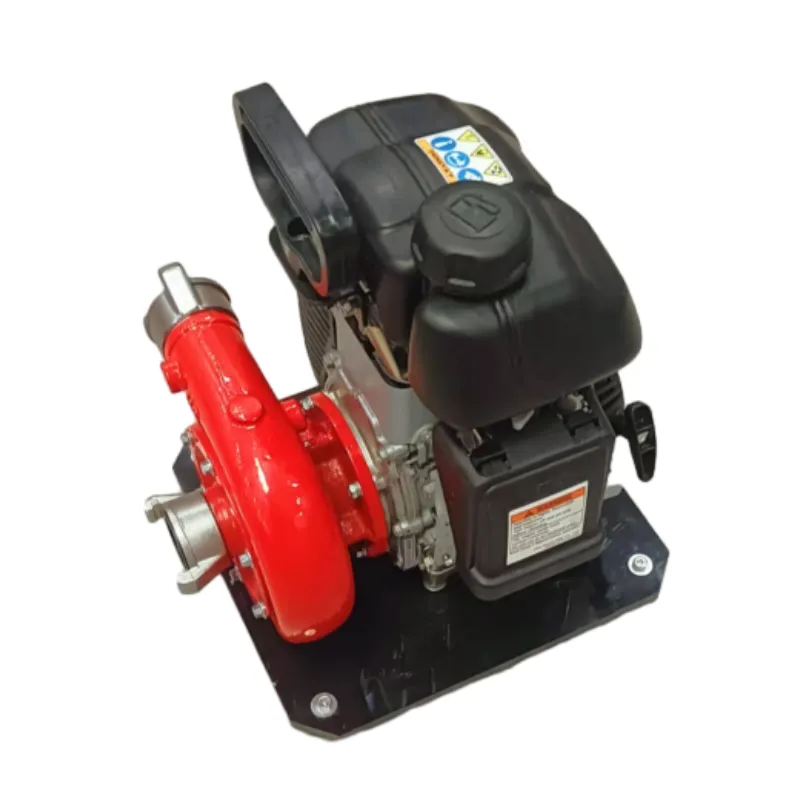

Fire hose nozzles, though simplistic in appearance, are sophisticated tools crucial for directing water flow effectively. Modern nozzles are designed to provide firefighters with precise control over water streams, including adjustments to flow rate and spray pattern. This variability allows for adaptable responses to diverse fire conditions, from high-pressure direct streams for extinguishing concentrated hotspots to broader spray dispersals for cooling surfaces, thus enhancing both fire suppression efficiency and firefighter safety. Furthermore, the coupling tools used for connecting hoses stand as a testament to the blend of technology and practicality. Quick-connect couplings ensure a rapid, secure join between hoses, vital in time-sensitive operations. The reliability of these connections doesn't just streamline operations — it is essential for maintaining consistent water pressure critical for effective fire suppression. In considering the expertise involved in fire hose handling, training with these tools is absolutely crucial. Firefighters must be proficient in the use of each tool, understanding not only its operation but also its maintenance. Proper training ensures that equipment functions effectively when every second counts, rendering these tools not just accessories, but essential components in the firefighting arsenal. Ultimately, the authoritative choice of fire hose handling tools reflects a commitment to operational excellence and safety. These tools are more than mere accessories; they are a lifeline in ensuring that firefighters can confront the formidable challenge of fires with confidence and effectiveness. By prioritizing high-quality, reliable equipment and continuous training, fire departments uphold a standard of trustworthiness and readiness that is paramount in safeguarding lives and property.





























